What I’ll remember most about 2024 as a film year is that, owing to my involvement and participation in three festivals (Cannes, QCinema, Singapore), I’ve had the pleasure of seeing titles that I would not have seen otherwise in my usual haunts (great) and the privilege of seeing some of them earlier than their commercial releases (exciting). The latter does not mean much except, having observed it first-hand in Cannes, I find it fascinating how the reception for what would be some of the most anticipated movies of the year is a tediously manufactured process. I know this already, conceptually. But seeing the details of the industry up-close is something else. What reaches the wider audience is never what it originally was, like the message in a Broken Telephone game.
It’s not a secret that these big European festivals tend to operate largely as marketplaces. Noisy, loquacious, lots of haggling. Too much fixation on glamour, on narratives that do not have to be exactly true but are compelling enough to be retold. They establish themselves as a place of power. The truth is that not all films get sold and picked up for distribution, not all get another life after a festival run. It’s absurd how a film’s lifespan is determined by the forces that meet in these places.
Many Asian festivals, for the most part, tend to be low-key and chill, allowing more spaces for the audience to care for the individual films, to think about them deeply and cherish the experience of moviegoing. My time at QCinema and SGIFF, one month after the other, has given me some of the warmest personal memories. To many of us moving in this orbit as audiences, it’s wild to see the landscape of cinema change significantly right in front of our eyes, while bits of it also stay the same.
What else can I say as someone who care too much? Well. . . support a local festival. Support your small local venue. These initiatives may not be around for a long time, but the few years they are active can change your life. Buy a ticket, be there, make friends. Or better yet join a film club or organise one.
About this list. . . it just needs to be put out there. It’s for no one else but myself. It annoys me that films that get wide releases early in the year, generally on account of the awards season, get overlooked when a list like this is made by the end of the year. Distribution defines a film’s life, really. So, as much as I have an affection for them, some titles seen on the said cusp and which I hold dear in my heart are not here: All of Us Strangers, The Zone of Interest, Monster, Trenque Lauquen Parts 1 & 2, etc.
Given my brain’s limited capacity, I am amazed that I have seen over 100 films this year. I can make another list with different titles, but here’s the 15 that I thought are worth plucking from memory, those that have made me feel nervous and made my heart skip a beat.
1. Challengers (dir. Luca Guadagnino)
Not even the implication that Challengers is Twitter’s favourite film of the year is discouraging me from admitting that this frenetic mess, this fabulous smut, this horny, shameless piece of cinema, is 2024’s most memorable, most enjoyable release. It’s the kind of film that implores you to get everyone’s names in it right. To drop in a conversation, say, Sayombhu Mukdeeprom. To get obsessed with Nine Inch Nails again. To rewatch God’s Own Country. To find an excuse to binge Justin Kuritzkes’s YouTube videos. There’s a meanness in Challengers that comes from all sorts of direction, sustained all throughout and rooted in the temper of tennis, a quality that I find irresistibly attractive. Surely I cannot blame people for hating it: all great films must provoke loathing. Otherwise, what is the greatness for?
2. All We Imagine as Light (dir. Payal Kapadia)
I got to tell you, as the long credits rolled, I had been wondering how to pick myself up from the floor. Hypnotised by the soundscape, I was clutching my face, yearning for a hug, craving biryani, thinking of buying a fancy rice cooker. This is a film that carries in it and with it the problems of the world, as experienced by its women who dream for themselves only adequately, their stories told in a most quietly arresting manner. It is hard to put into words the violent calm it exhibits, the textures of optimism it sutures. For now I am reduced to speaking platitudes: its fragility is mesmerising; its rhythm nothing short of miraculous.
3. By the Stream (dir. Hong Sang-soo)
At the rate that Hong Sang-soo and Kim Min-hee are making movies over the past decade, their collaborations should feel trite and uninspired by now. What other stories of silly affection and awkward encounters could they retell? What other comic situations could they rework? Yet By the Stream is anything but trite and uninspired. Much like their previous films, the setup is minimum but the effect is immense. The sketches are hysterically funny—not so much about how the “jokes” are told but when they are told, when the glass is shown breaking, when the camera lingers for ten more seconds. Hong is good at making it look as though his characters were improvising, but clearly they are just brilliant actors who know his game and its rules very well. For a quick second I thought that they will line up, gesture towards us, and take a bow.
4. No Other Land (dir. Basel Adra, Hamdan Ballal, Yuval Abraham, Rachel Szor)
Content and videos and infographics that constantly circulate on social media about the genocide are necessary as they inform and sustain the conversation. They implicate us and keep us talking. They stop us from forgetting what’s going on. Alas, they also tend to be momentary. But a feature film, intelligently put together, driven by love for its land and its people, fuelled by indignation at the injustices of the world, made by those who experience the occupation first-hand, is an eternal document. No Other Land is a source that speaks the most unquestionable truths. It’s a piece of evidence so strong that it can never be destroyed. It’s a flame that will never go out.
5. Flow (dir. Gints Zilbalodis)
The moment when the cat, after saying goodbye to the whale, walks towards the water and looks at its reflection; and the capybara, dog, and lemur join in, surround it, and look at their reflections together; and for a brief second, upside down, the cat leans its head close to the capybara; and it cuts to black—I burst. I simply lost it. I could not hold it in any longer. There is so much emotion in this film; in fact Flow is a feat of emotional design, achieved through the measures of its music, through the camera point-of-view that magically follows its protagonist, through the journey that delights and surprises the viewer with its spontaneity. That this wordless film is made using open-source software with the smallest crew possible, and is being embraced widely by audiences across the world. . . oh dear, stop crying.
6. Cloud (dir. Kiyoshi Kurosawa)
Watching Cloud on the big screen in an almost packed theatre makes for a singular experience, a glitch that belongs to a bygone era when unease is measured in exhaled breaths, when emotions are too slippery to be seized by algorithms. A slick internet reseller who passively and aggressively beguiles people online and offline cannot simply get away with his actions unpunished, can he? Chaos always shadows calm. He puts up a fight as the tides turn, chased and cornered like a video game character. Then, in one of the film’s cunning surprises, he finds an audacious co-player. The threat in Cloud hovers for too long that the only reasonable response is to laugh nervously and wish that the hand gripping our necks would grip even harder.
7. April (dir. Dea Kulumbegashvili)
At the centre of April is an obstetrician named Nina, who is being investigated for supervising a delivery that resulted in a stillbirth. The father of the baby accuses her of negligence and questions her competence, but it is clear that his fury stems from knowing something else: that Nina performs illegal abortions in outlying villages. He is linking the death of his child with Nina’s moral character and reputation. Nina does not deny the abortions when asked by her superiors. Believing it’s her duty as a doctor, she travels a long way and offers her services to rural women who, because of Georgia’s undeniably patriarchal and religious customs and values, and because of their poverty and fear for their own life, are unable to seek urgent medical care for their bodies. All this simple description does not come close to the formidable cinematic qualities of April: every frame, every angle of light, every long take, every lack of movement, every silence and squeak, every on-screen and off-screen element elicits fright and as a whole creates this uniquely spine-chilling experience. As if that’s not enough, there is a monstrous creature that keeps showing up. The darkness in the film is astoundingly visceral, but it’s so damn hard to look away.
8. Youth (Hard Times) (dir. Wang Bing)
This is only a fraction of a larger, monumental project about exploitive labour and migrant work in China in the 2010s, but it is a completely absorbing study that stands on its own. Positioned between Youth (Spring) and Youth (Homecoming), this segment of Wang Bing’s saga is a critical piece that is both compact and profoundly moving. Shot notably before the pandemic between 2015 and 2019, it follows various characters whose lives at such a young age have been and are being defined by having to toil at textile factories, in front of sewing machines, producing thousands of garments, day in and day out, their wages so unthinkably little for all their back-breaking work. The camera observes and listens to them, walks with them as they move around the constricting spaces of their workshops, captures their moments of mirth and resistance, and respects their devotion and disillusionment. At one point a worker asks, “You have no rights, so what’s the use of having money?”
9. La Chimera (dir. Alice Rohrwacher)
It’s been six years but, truth be told, I am still not over Happy as Lazzaro. I am obsessed with a click that I heard in it. And if I hear that click again, it would probably be in another film by Alice Rohrwacher. Then I saw La Chimera. Indeed, I heard the same click, the same tiny beat, the same quiver, as if I willed it to existence. This click is closer to a gasp than to a sigh. And contained in it is a deft touch of humanity that reveals our complex, incomprehensible lives. Looking back, I recall there are two moments in La Chimera where I let out a shriek, both involving stones: first, when a precious Etruscan artefact is beheaded; and second, when a shaft in the tunnel crumbles and Josh O’Connor, playing our filthy hero, looks up and finally embodies Orpheus.
10. One of Those Days When Hemme Dies (dir. Murat Fıratoğlu)
Eyüp works in a vast area of land where countless crates of tomatoes are hauled from a truck, thrown to the ground to be dried and salted. Hemme, the boss, does not pay his workers on time. Toiling for weeks under the broiling sun, Eyüp is agitated by the damning reminder of a debt that could land him in prison, further aggravated by an insult flung at him by Hemme. He then decides that killing his boss will solve his problem. Angry and desperate, Eyüp goes to town to get his gun and is interrupted by casual and chance encounters with friends and strangers, by the breakdown of his motorcycle, by time’s sense of humour. The landscapes behind him speak volumes, both of Eyüp’s troubles and of the bigger world that he overlooks because of his resolve. Bookended by a lively, traditional Turkish dance, the film is carried by a sweeping simplicity that understands how delays, for better or worse, make up a life.
11. Evil Does Not Exist (dir. Ryusuke Hamaguchi)
What the title alleges, as it hovers around and never leaves us while watching, and what the story wraps us in for almost two hours seem to be two conflicting things. But if we think long enough and realise who could have spoken the title in its context, there could not be a more fitting illustration of our tragedies and of the fictitious line between our beliefs and actions that had brought us to our current miseries. Evil Does Not Exist is not even in the shadow of Drive My Car’s artistic triumph; it exceeds it. Hamaguchi has never been more meticulous in his use of image and sound, in his sharpening of ambiguity, in his use of tranquility to terrify. And the ending? Like a brilliant detail in a painting we still see glimmering hundreds of years later, it’s a masterstroke.
12. Dune: Part Two (dir. Denis Villeneuve)
The language for appraising the recent adaptations of Dune has generally been steeped in hyperbole; the oversize scale and vision of both films lend themselves to a good deal of embroidery. Sure, the sequel is plottier than the first. It contains more dialogue and exposition and has a firmer sense of narrative direction. But more importantly it is funnier, more vulnerable to critique, more explicit about our follies, more prescient. It amuses me to think that Villeneuve and Herzog have been living on the same timeline for a while now; maybe it’s about time we ask them to have a conversation.
13. Bird (dir. Andrea Arnold)
Every Andrea Arnold film evokes the textures and mischiefs of Mary Oliver’s poems. It boasts varied encounters with nature and animals, vivid moments of introspection, lots of walking, thinking, and fleeing. It moves between something and nothing. It looks back, up and down and sideways, unafraid to be mawkish and clueless. It observes with empathy and is dramatic about its discoveries. Bird offers, unsurprisingly, a far more genuine view of British life than any of those obscenely famous and farcical series about the aristocracy. The harshness seeps through every frame, but Arnold allows her characters to resist being defined by it, to imagine a life outside of violence while being enfolded in its hard truths.
14. After the Snowmelt (dir. Lo Yi-Shan)
The grief that permeates and eventually takes shape in After the Snowmelt is familiar, but it is one that also refuses to be articulate and penetrable. In 2017, Lo Yi-Shan’s best friends, Chun and Yueh, went missing after going on a hike to the Himalayas. They were trapped in a cave for 47 days: Yueh survived, Chun died three days before their rescue. Yi-Shan was supposed to go with them. Reflecting on Chun’s death, she yearns for meaning and clings to the traces of their friendship, including Chun’s letters and poetry; while Yueh, in their conversations, does not let the tragedy haunt him. He does not want to dwell much on Chun’s passing. What’s remarkable about After the Snowmelt is its composite of grief—how pain, no matter how relatable, is not always graspable, how sorrow is different for every person, and how survival is an ongoing passage of feeling.
15. My Sunshine (dir. Hiroshi Okuyama)
If you think this is here only because it features The Zombies’s “Going Out of My Head” in a beautiful sequence of the three skaters merrily frolicking on a frozen lake, then you’re right. My Sunshine is a charming little sports movie, photographed by the director himself who fills the screen with lots of flares and pastel colours that highlight the season and its slow changes. Some viewers complain about the homophobia plot that seems to have altered the feel-good tone of the film, but to me it’s what makes it specially notable: how this prejudice does not need to be explained to be understood, how it is casually ingrained in any relationship, how it will rear its head anytime. And it’s reassuring to know that the characters, wounded in different places, manage to find another way forward.

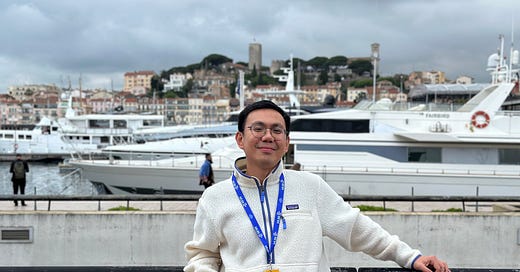



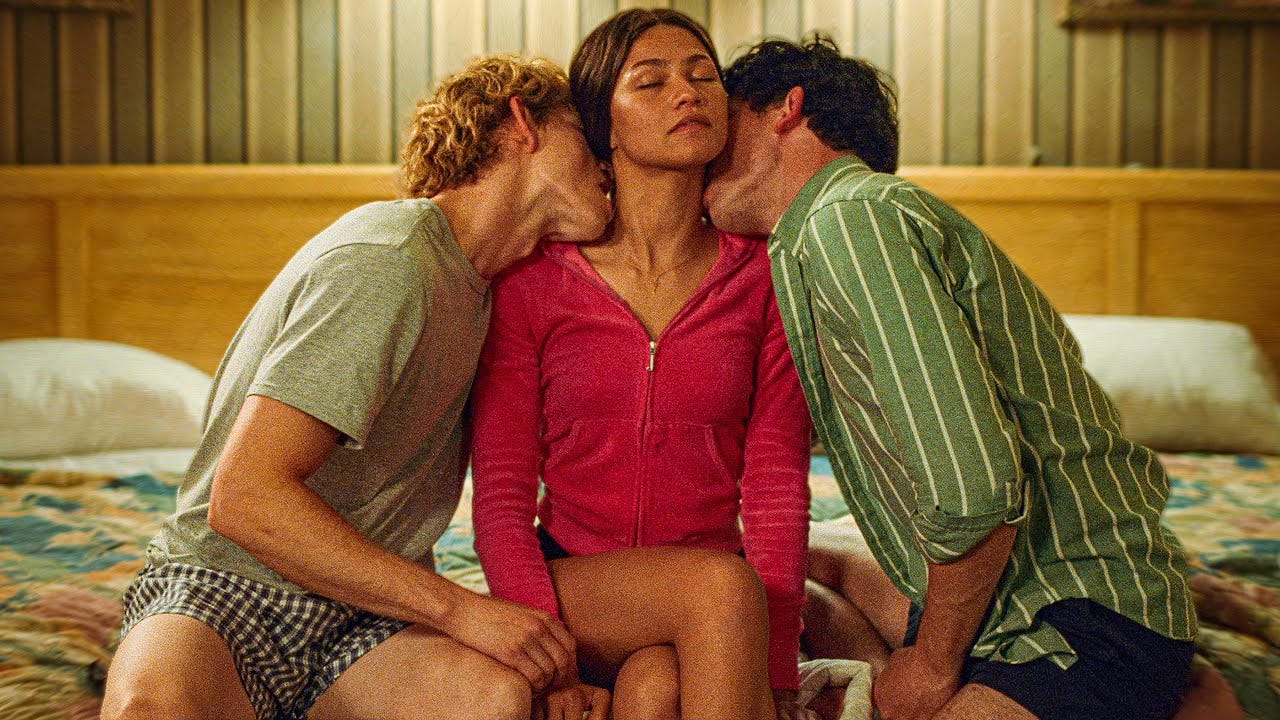
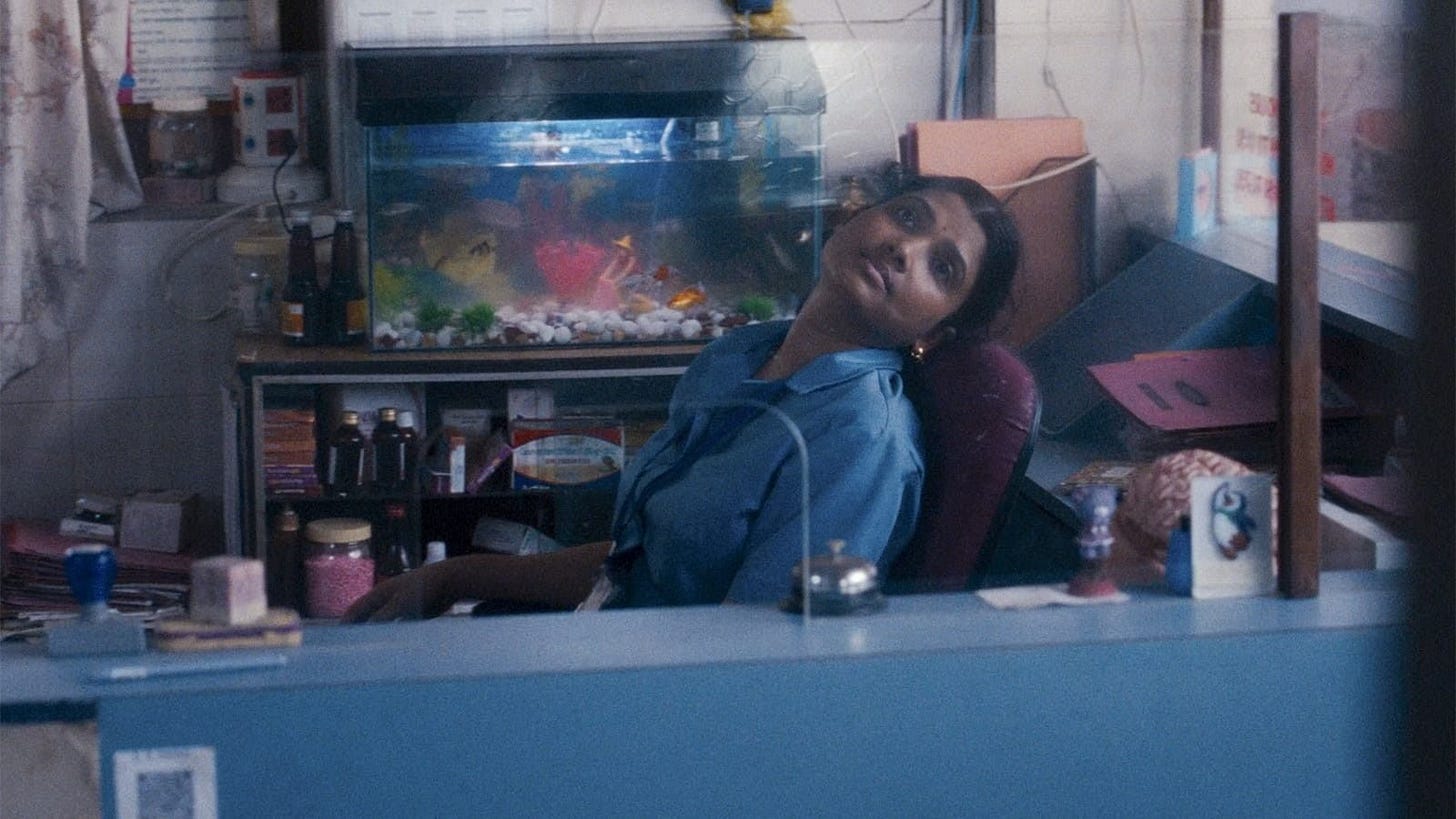
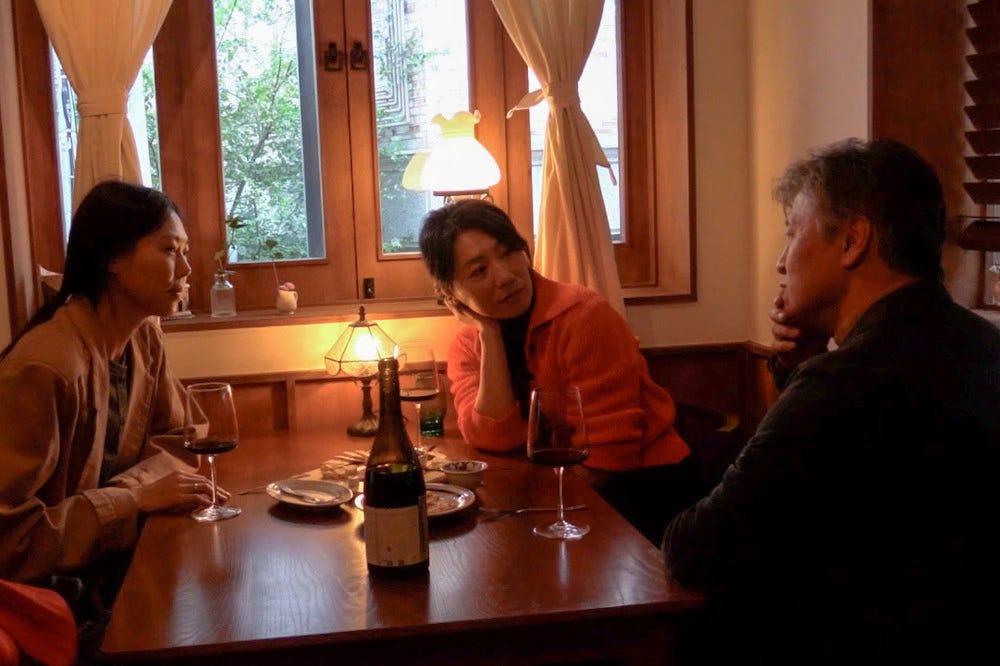
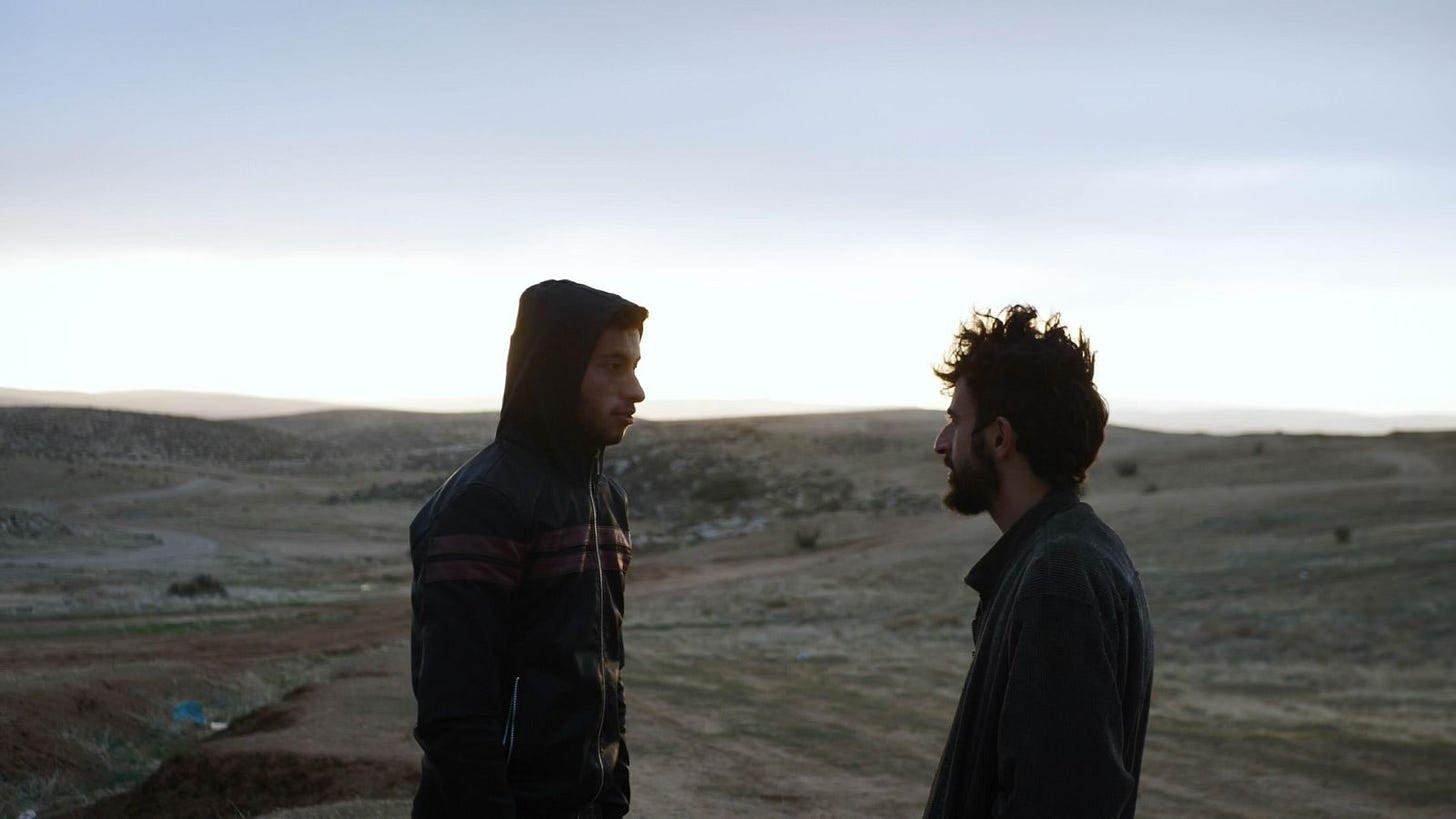



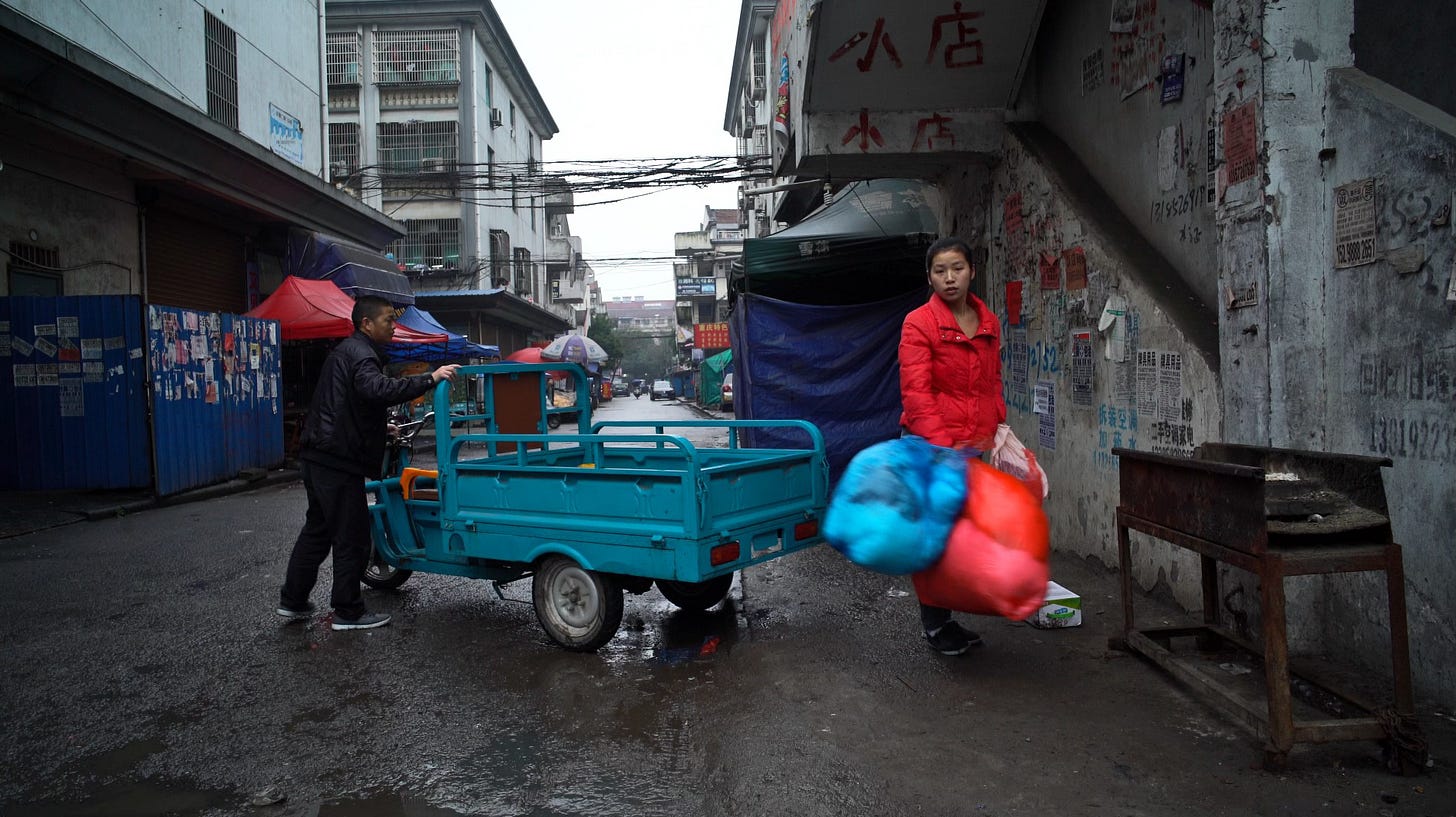
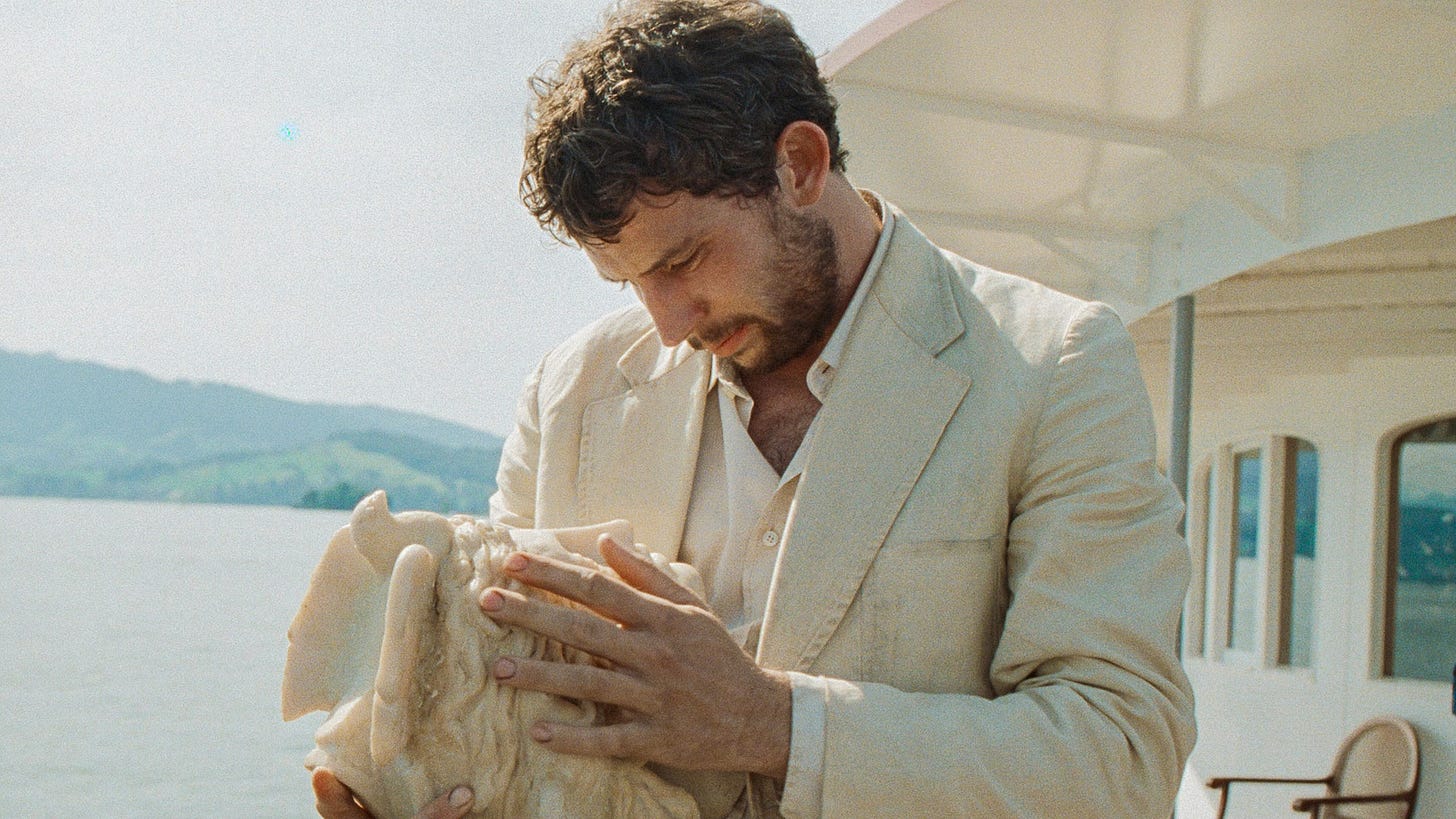
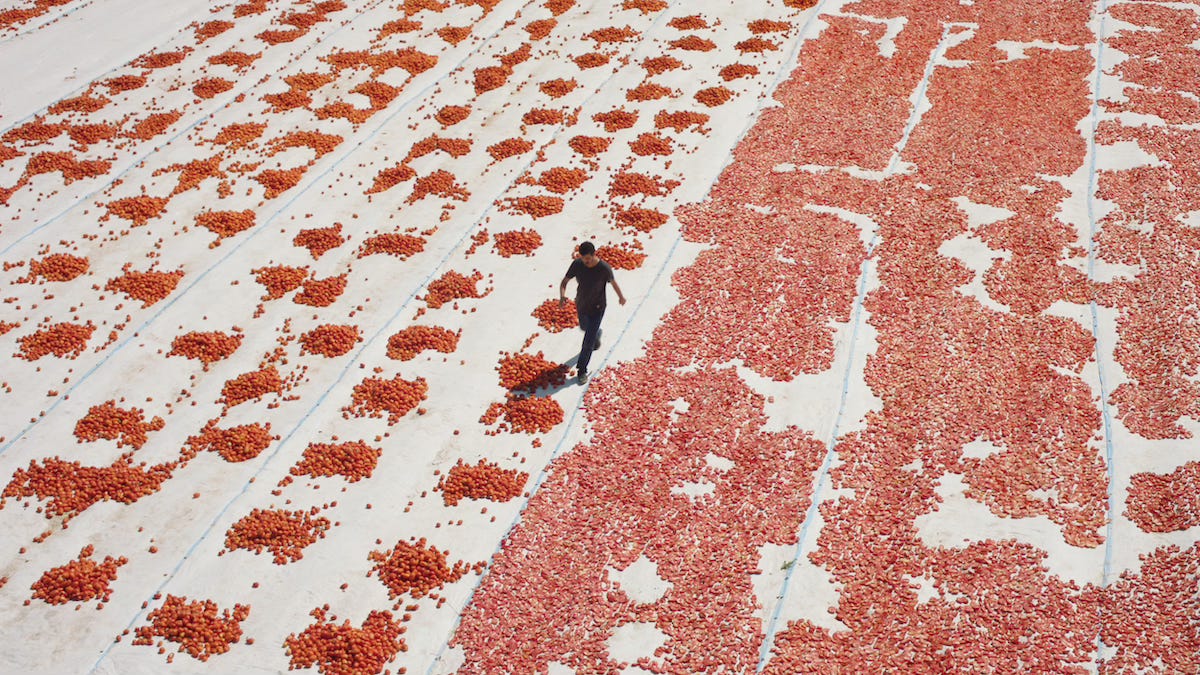


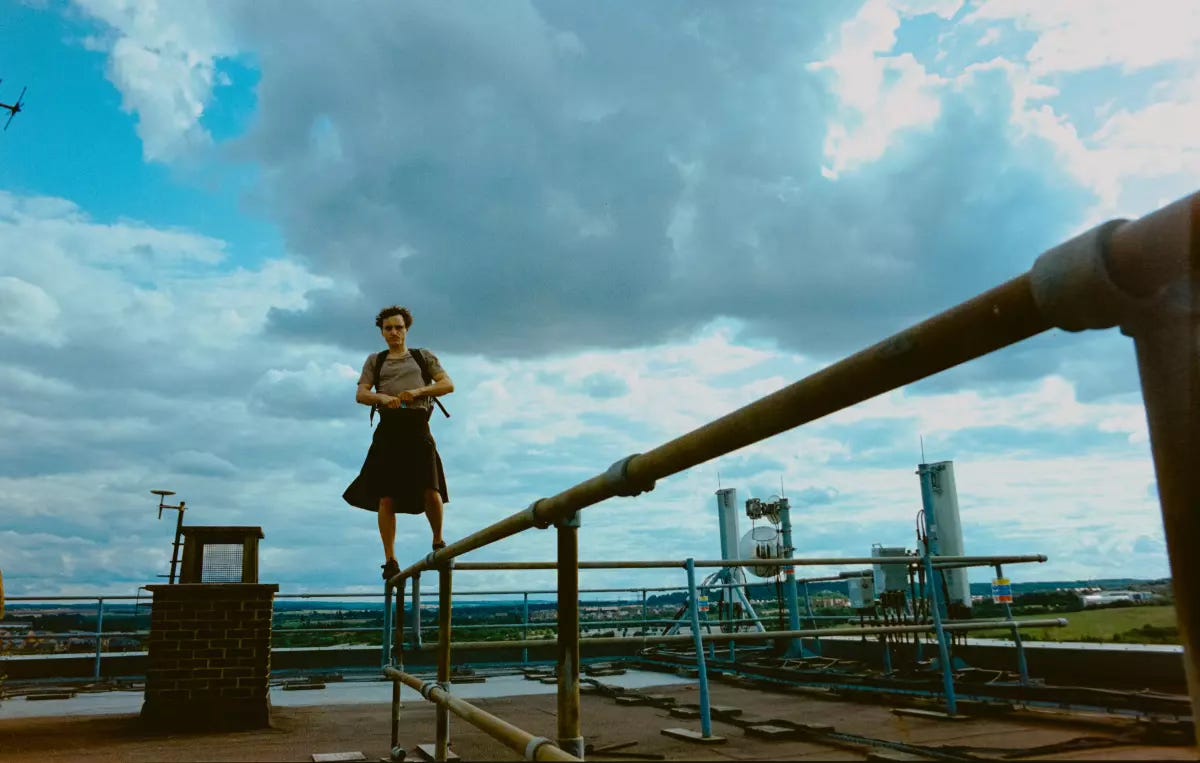

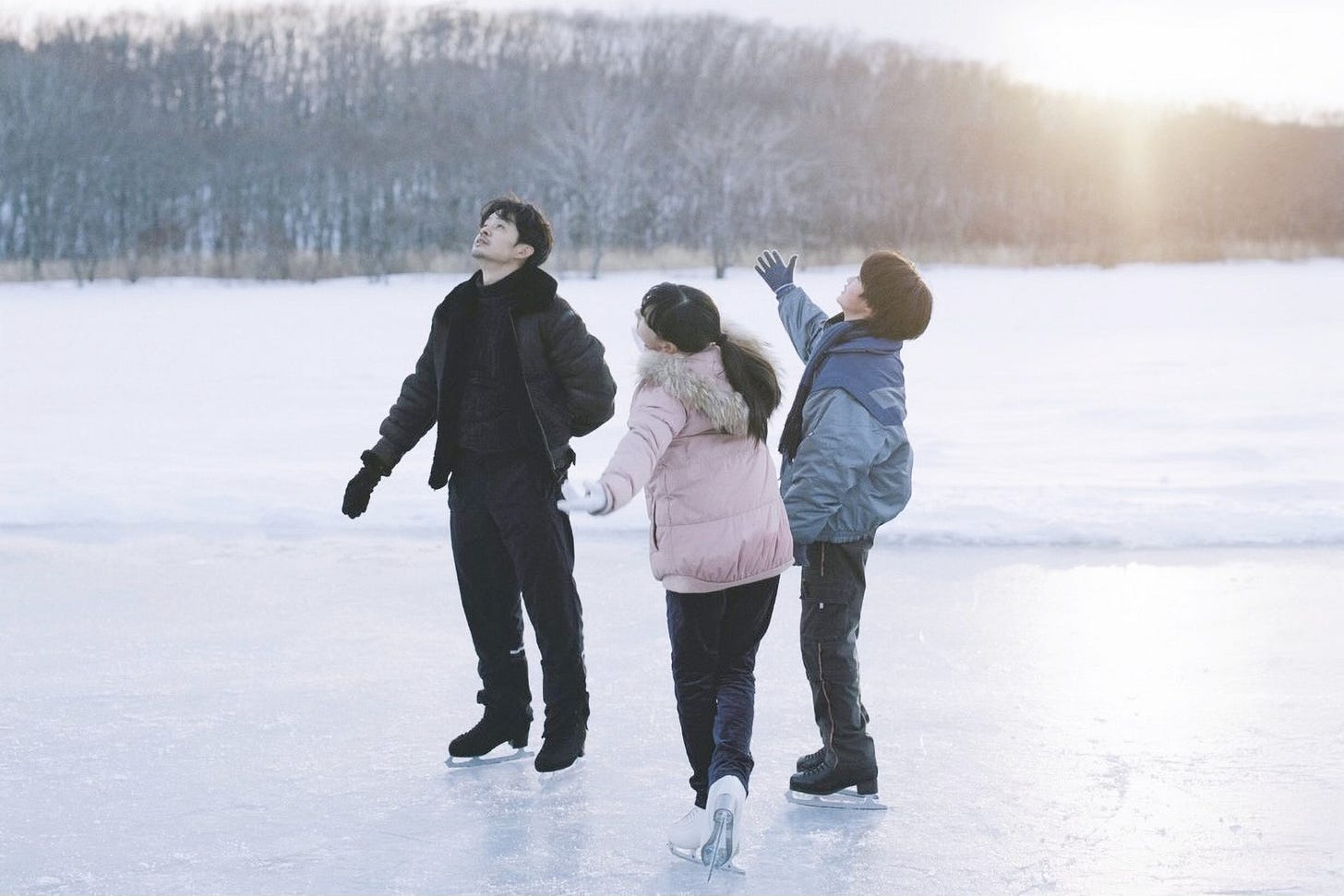
Ganda. HK Film Fest naman next!